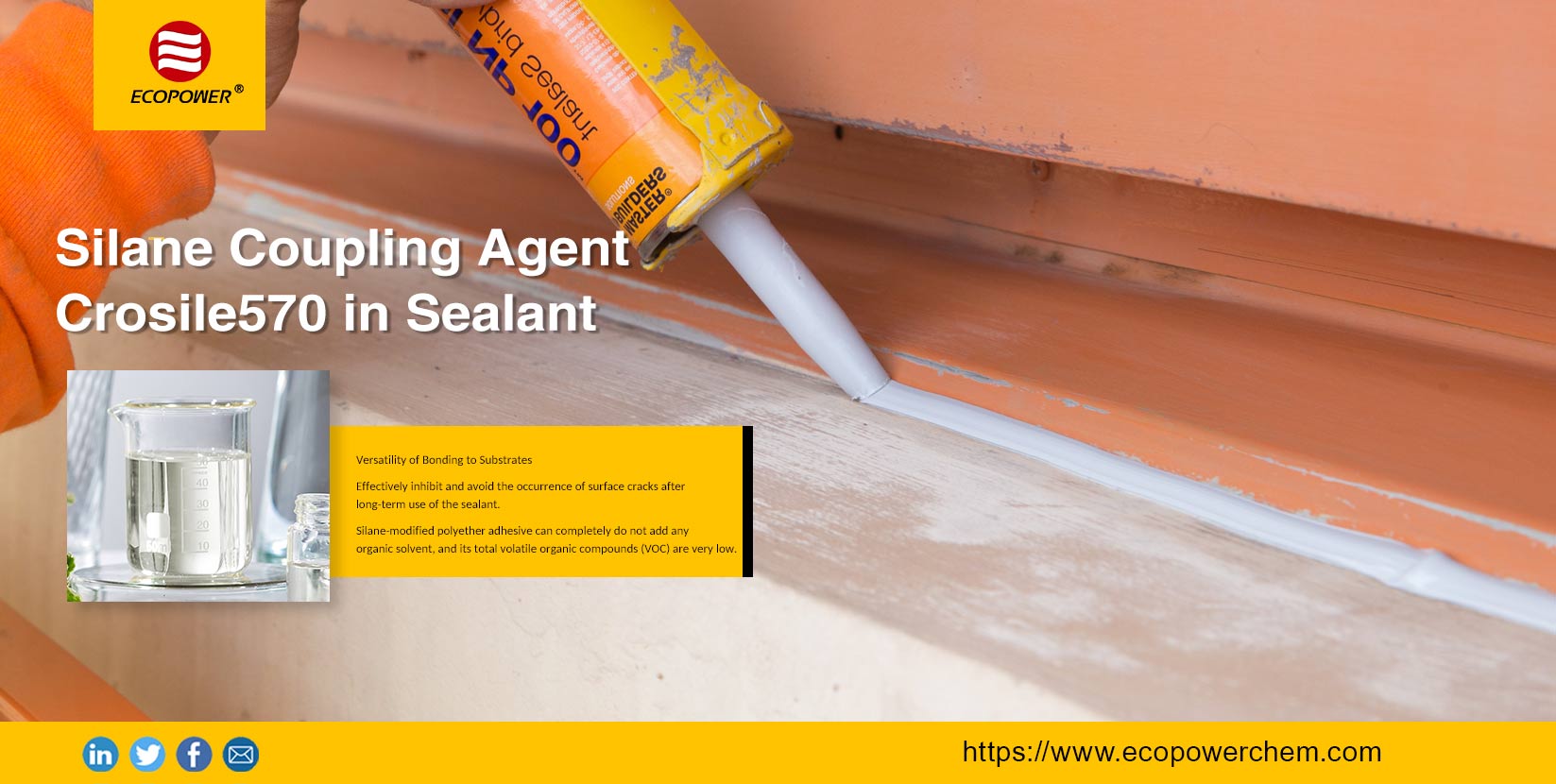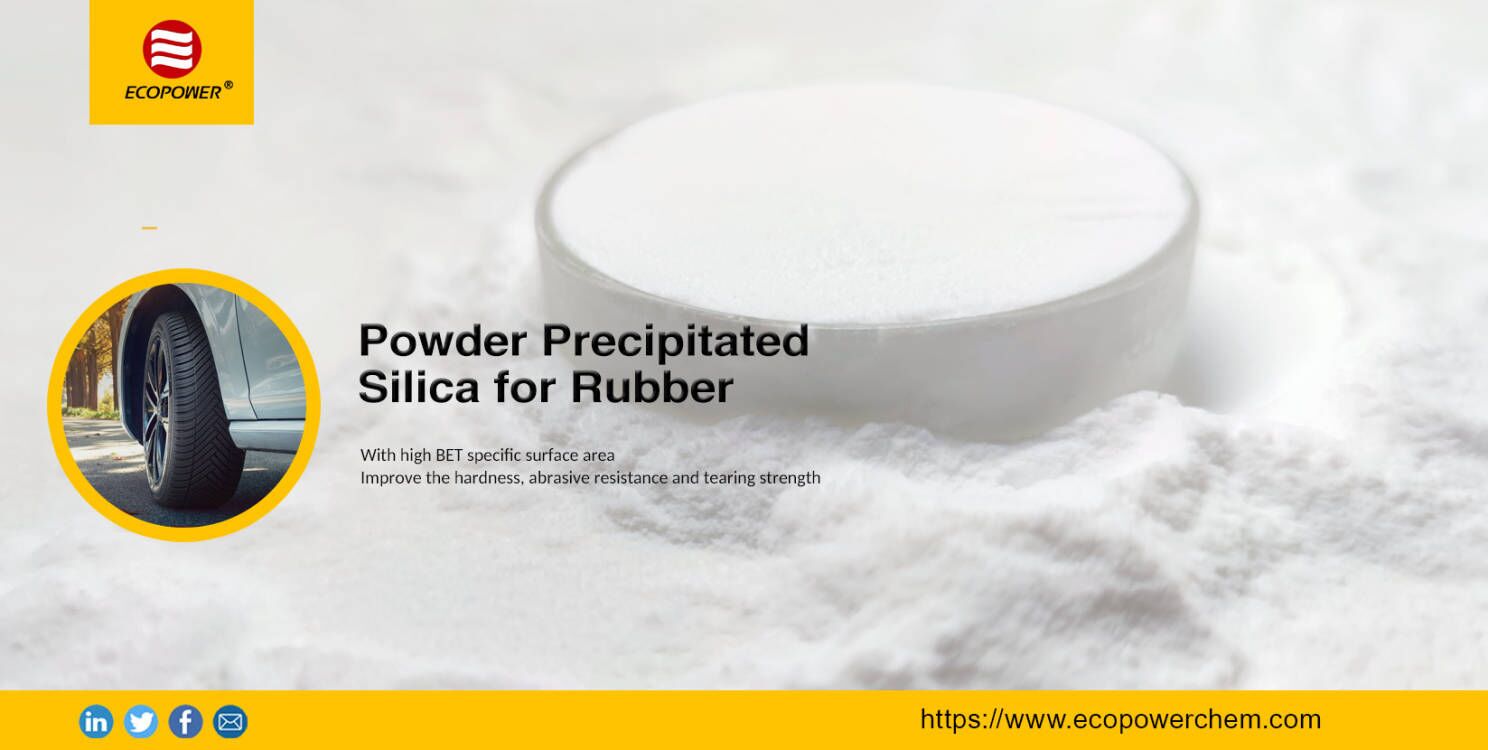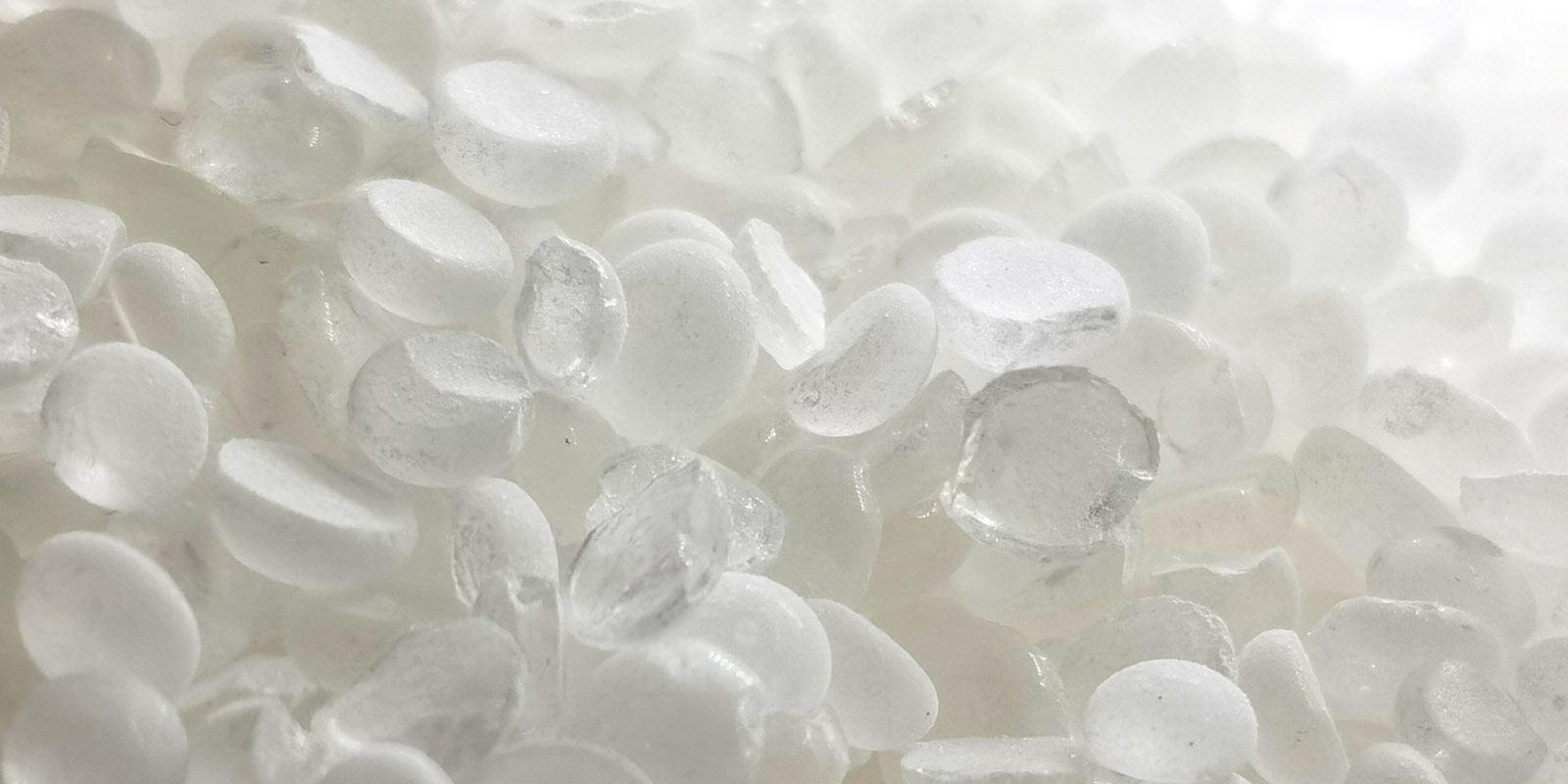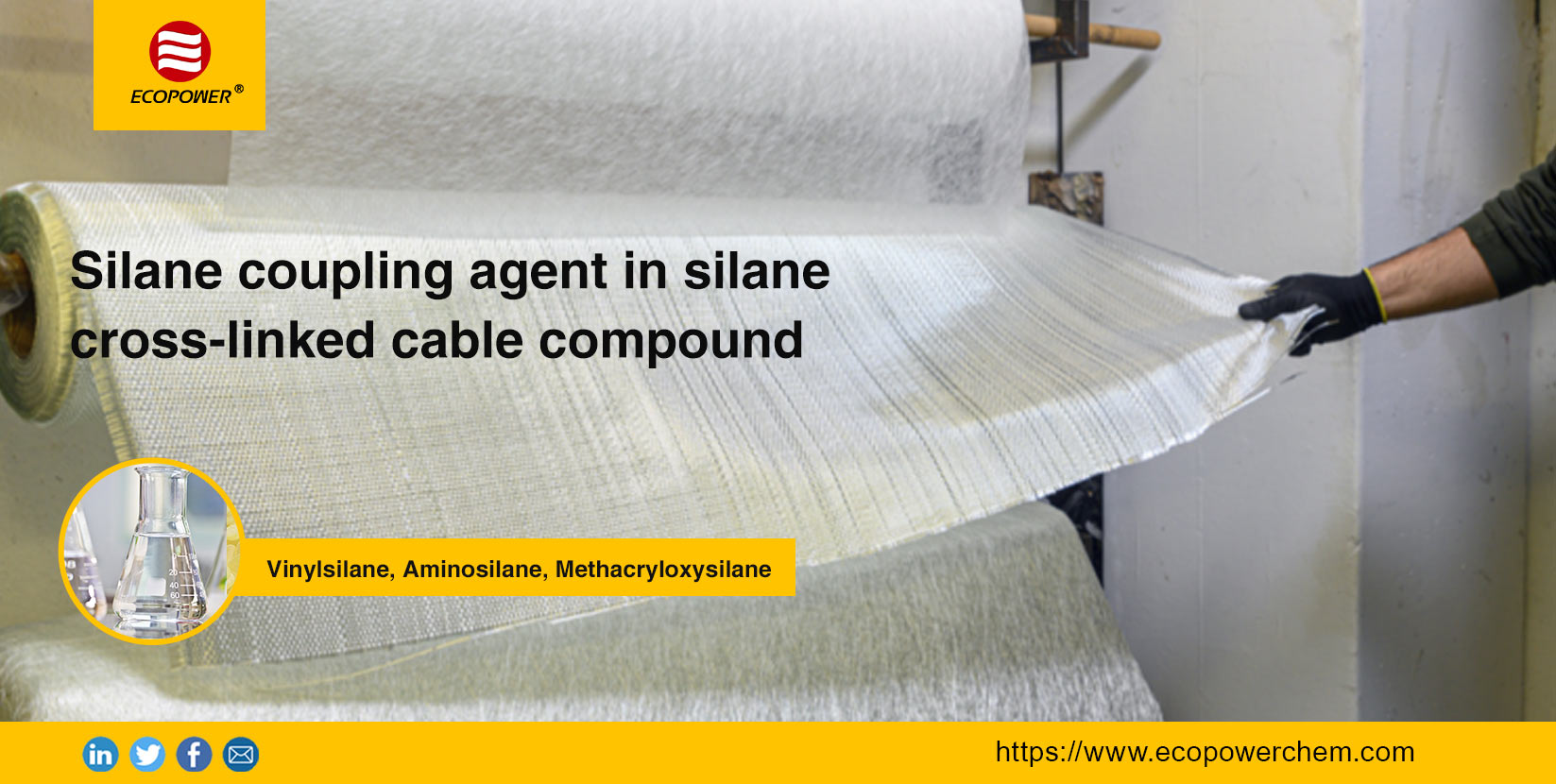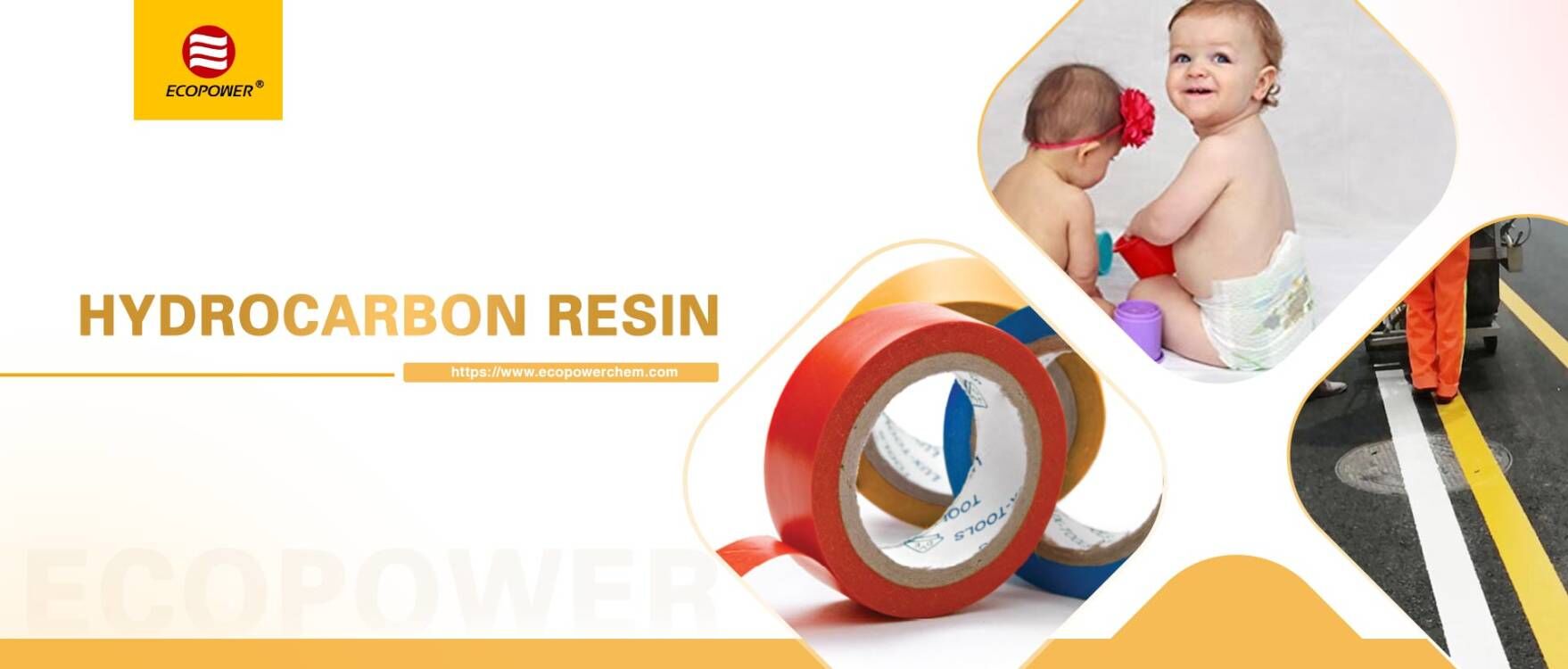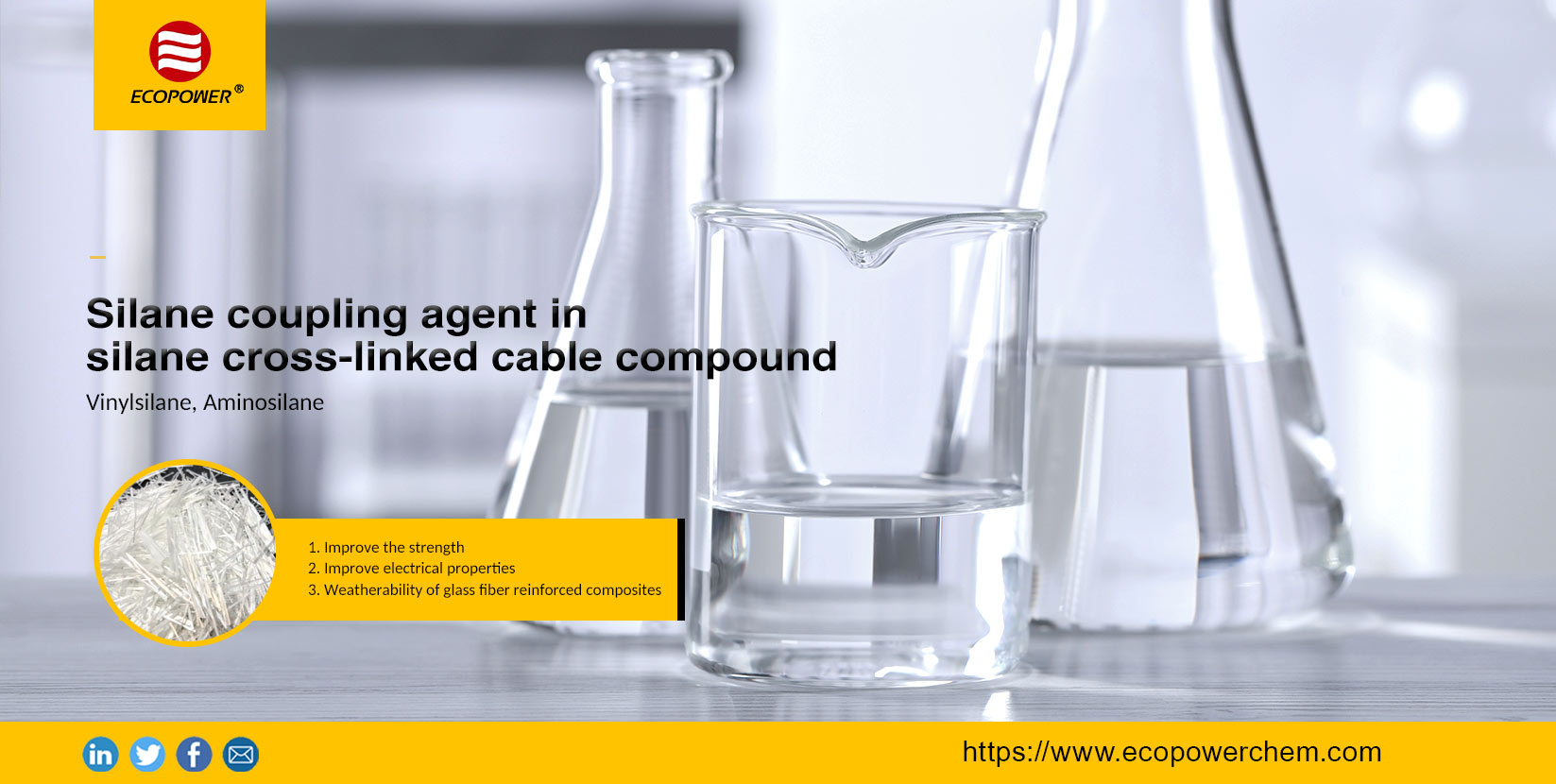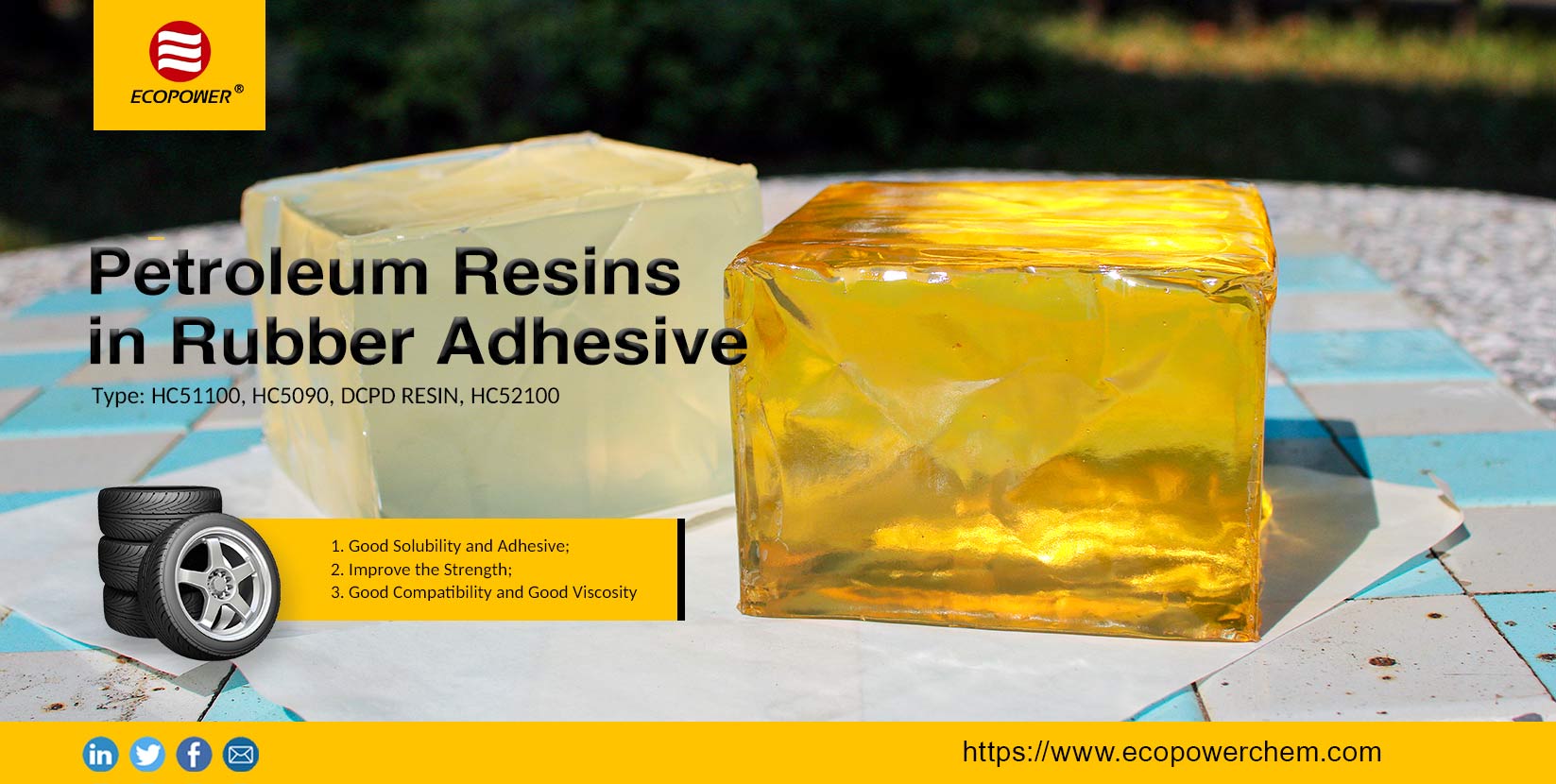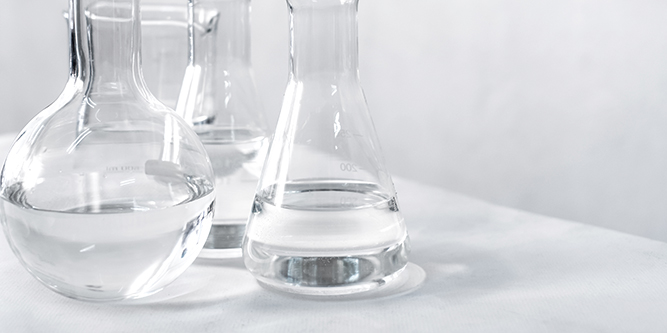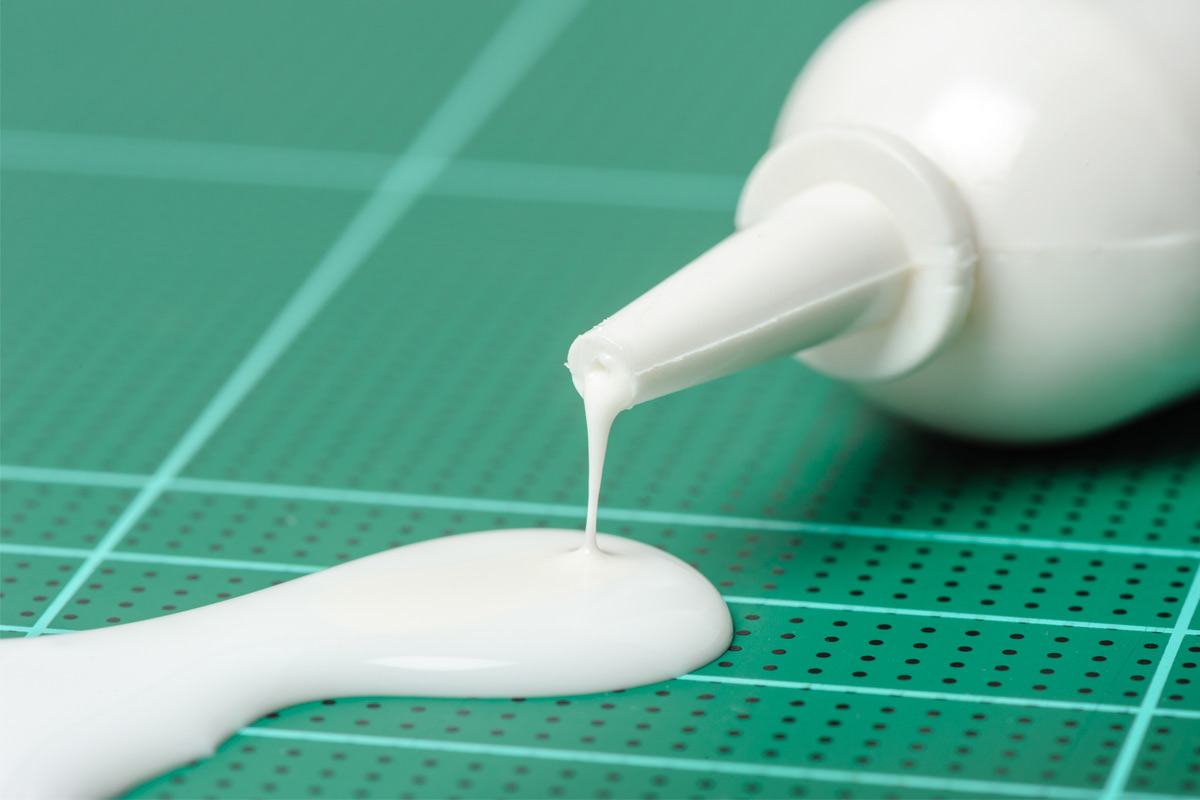Aug / 04, 2022
Silane coupling agent in silane cross-linked cable compound
Silane XLPE cable material is widely used as insulating material for low-voltage power cables in the wire and cable industry. Compared with peroxide cross-linking and radiation cross-linking, this material has the advantages of simple manufacturing equipment, convenient operation and low comprehensive cost in the manufacture of cross-linked wires and cables, and has become the leading insulating material for low-voltage cross-linking. As an inorganic non-metallic material, glass fiber has the advantages of good insulation, strong heat resistance, good corrosion resistance and high mechanical strength. Commonly used in composite materials such as reinforcing materials, electrical insulating materials and thermal insulation materials. However, the glass fiber has a large surface and is compatible with resin, which greatly reduces its filling effect. In order to improve the bonding force between resin and glass fiber, and improve the strength, electrical properties and weather resistance of glass fiber reinforced composites, it is necessary to modify the surface of glass fiber. At present, the most widely used surface modifier in glass fiber surface modification is silane coupling agent. The main varieties are: vinyl silane, amino silane, methacryloyloxy silane and so on. Vinyl Silane Coupling Agent Crosile in Paint Adhesive and Fiber Glass Vinyl silane refers to an organosilicon compound with the chemical formula CH2=CHSiH3. It is a derivative of silane (SiH4). The compound is a colorless gas and is mainly of theoretical interest. Vinyltrimethoxysilane Silane, Silane VTMOEO, Trimethoxy(Vinyl)Silane, Silane Coupling Agent A-172, Silane Coupling Agent Z-6172, Vinyl Silane Amino Silane Coupling Agent Crosile in Adhesive Fiber Glass and Rubber Amino Silane Coupling Agent Crosile is a chemical substance with the molecular formula H2NCH2CH2CH2Si (OC2H5)3, which is used in various industries such as glass fiber reinforced plastics, coatings, castings, plastics, adhesives, sealants, textile printing and dyeing. Amino Functional Silane is the tackifier of RTV silicone rubber. It has two functional groups, namely amino and ethoxy. Amino Functional Silane, Amino Silane, Amino Silane Adhesion Promoter, AMEO 1760-24-3, 3-AMINOPROPYLTRIETHOXYSILANE, Gamma-Aminopropyltriethoxysilane
View More
 Whatsapp us
Whatsapp us
